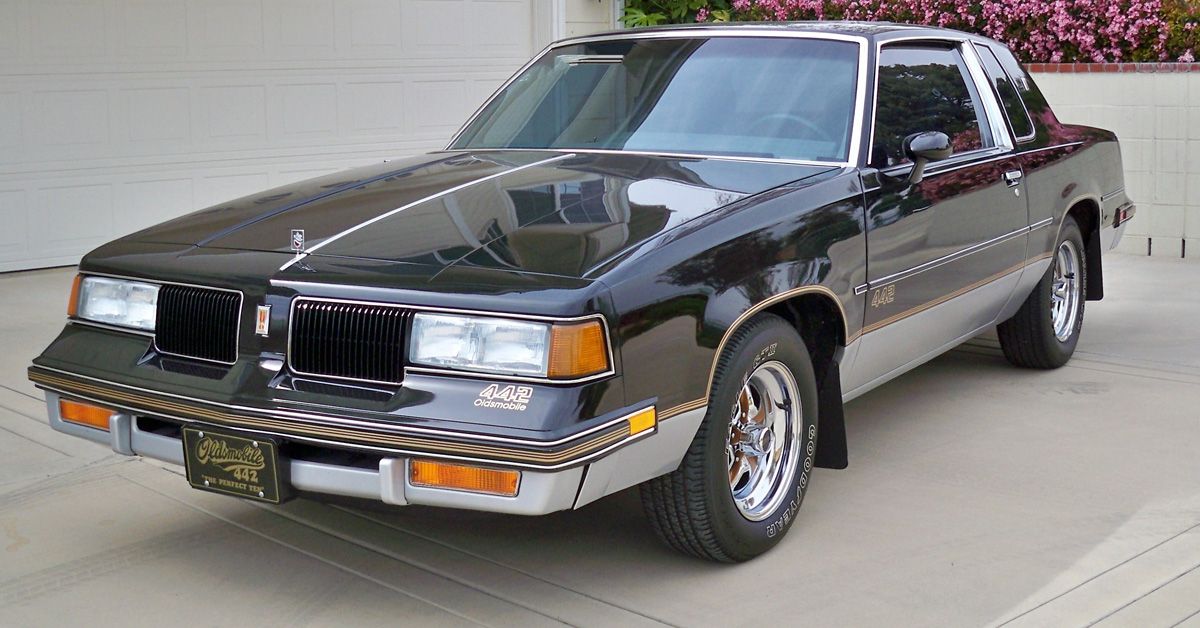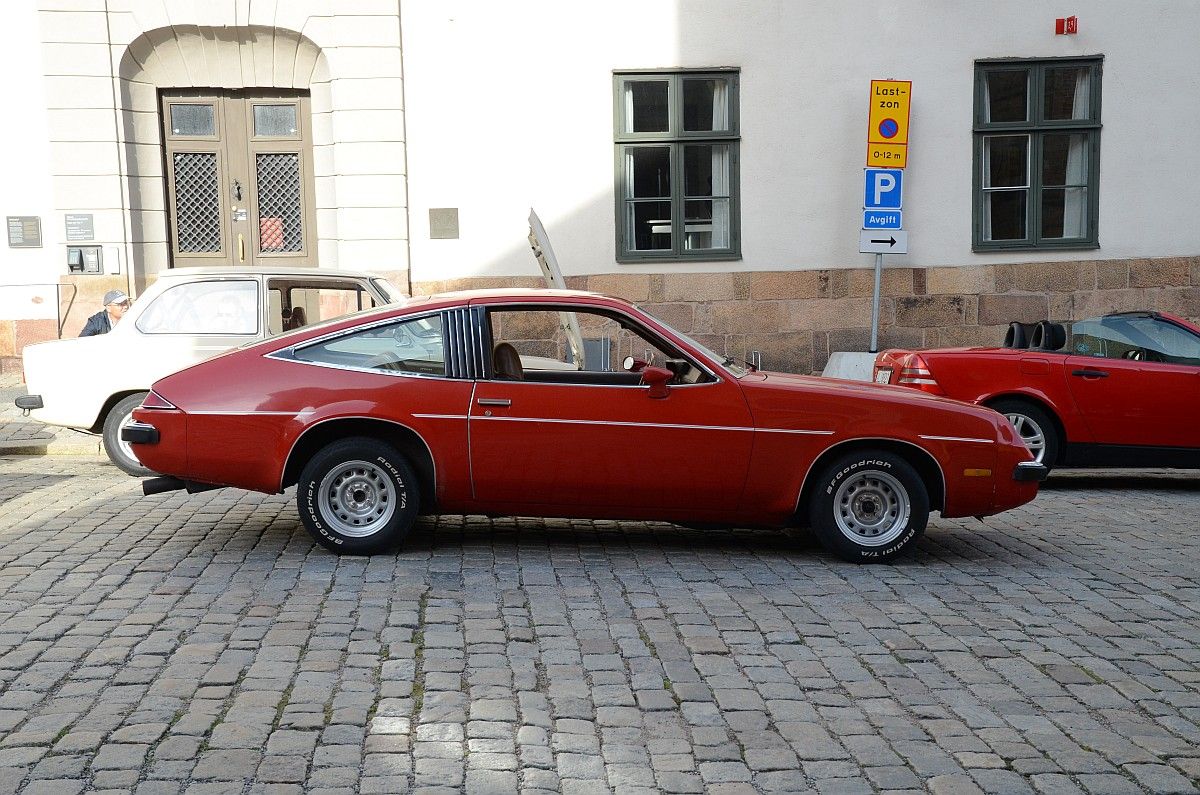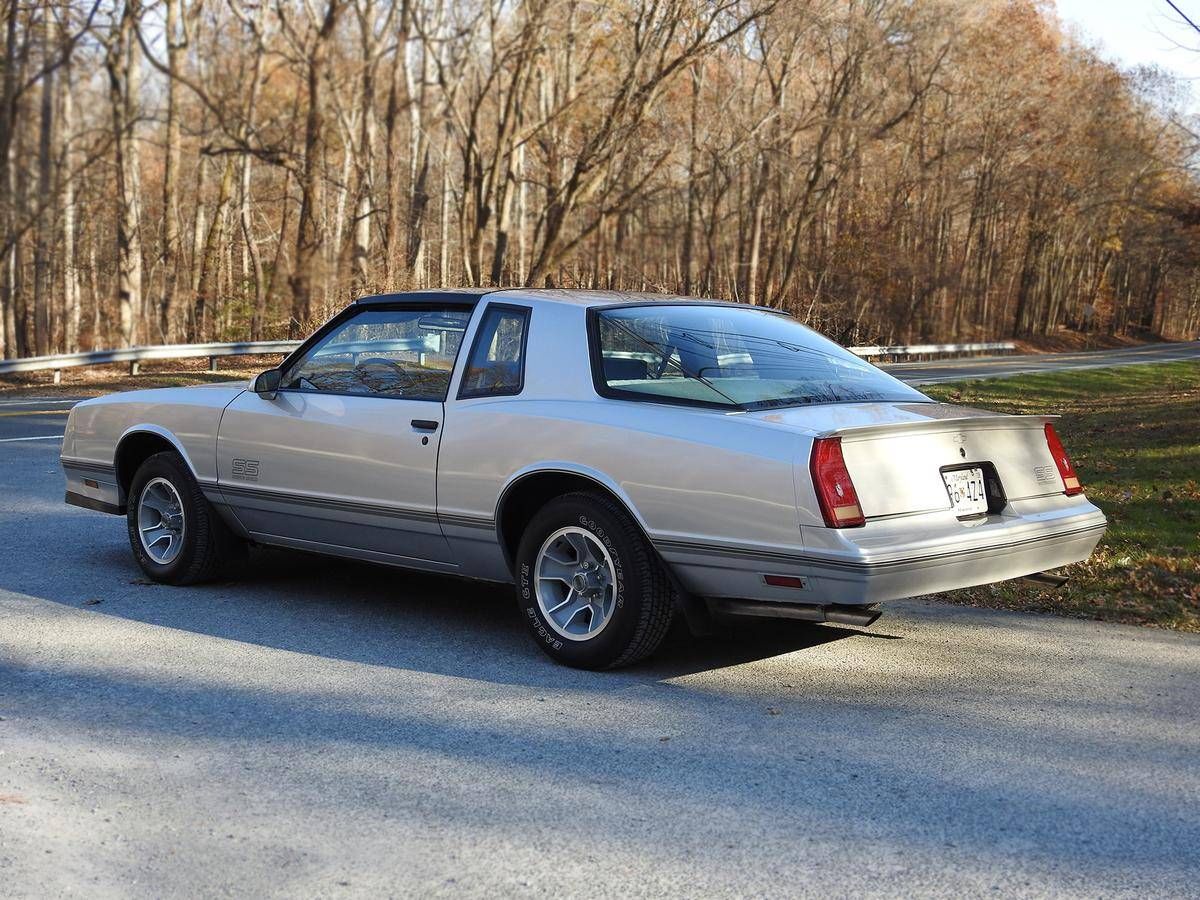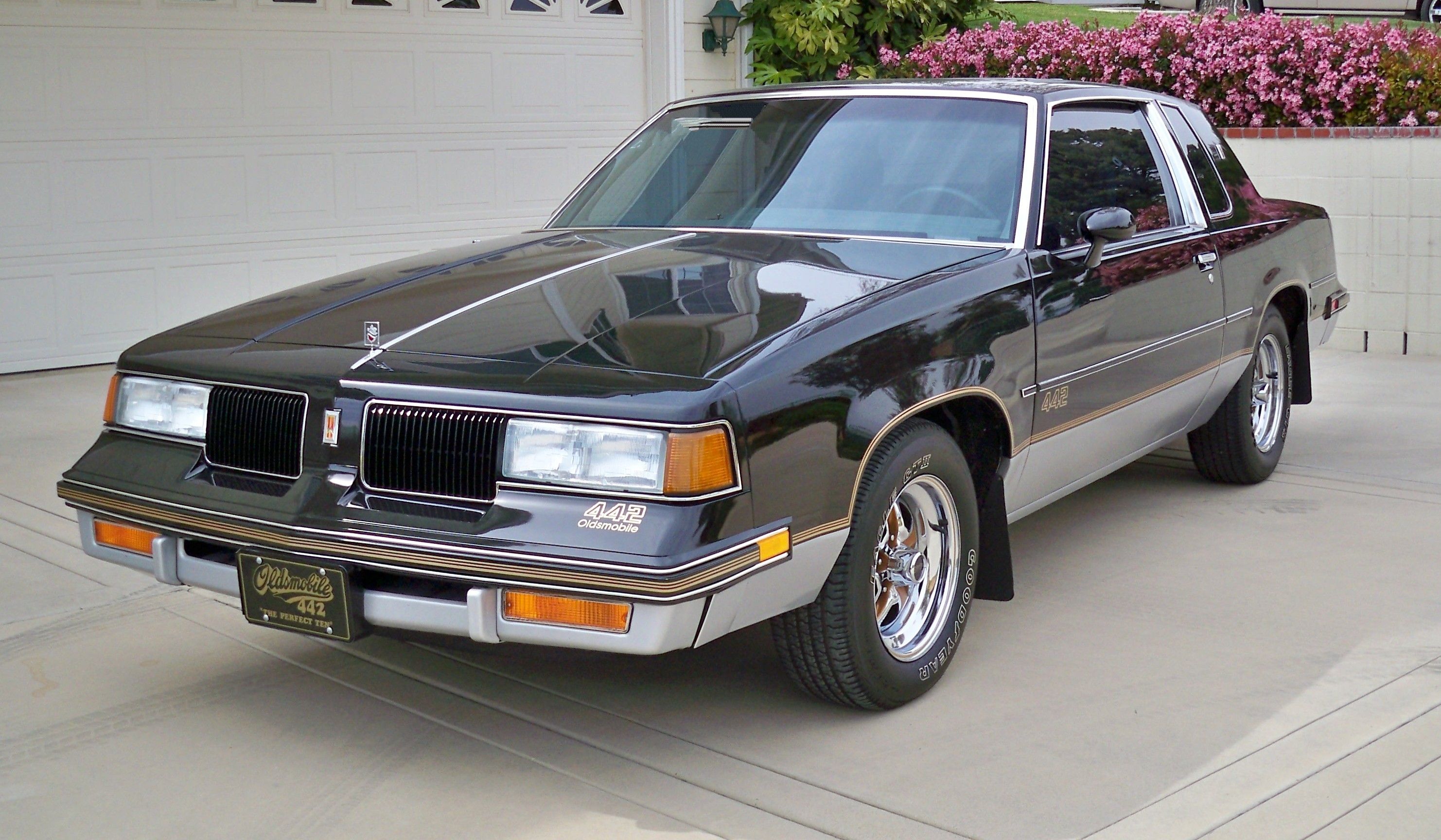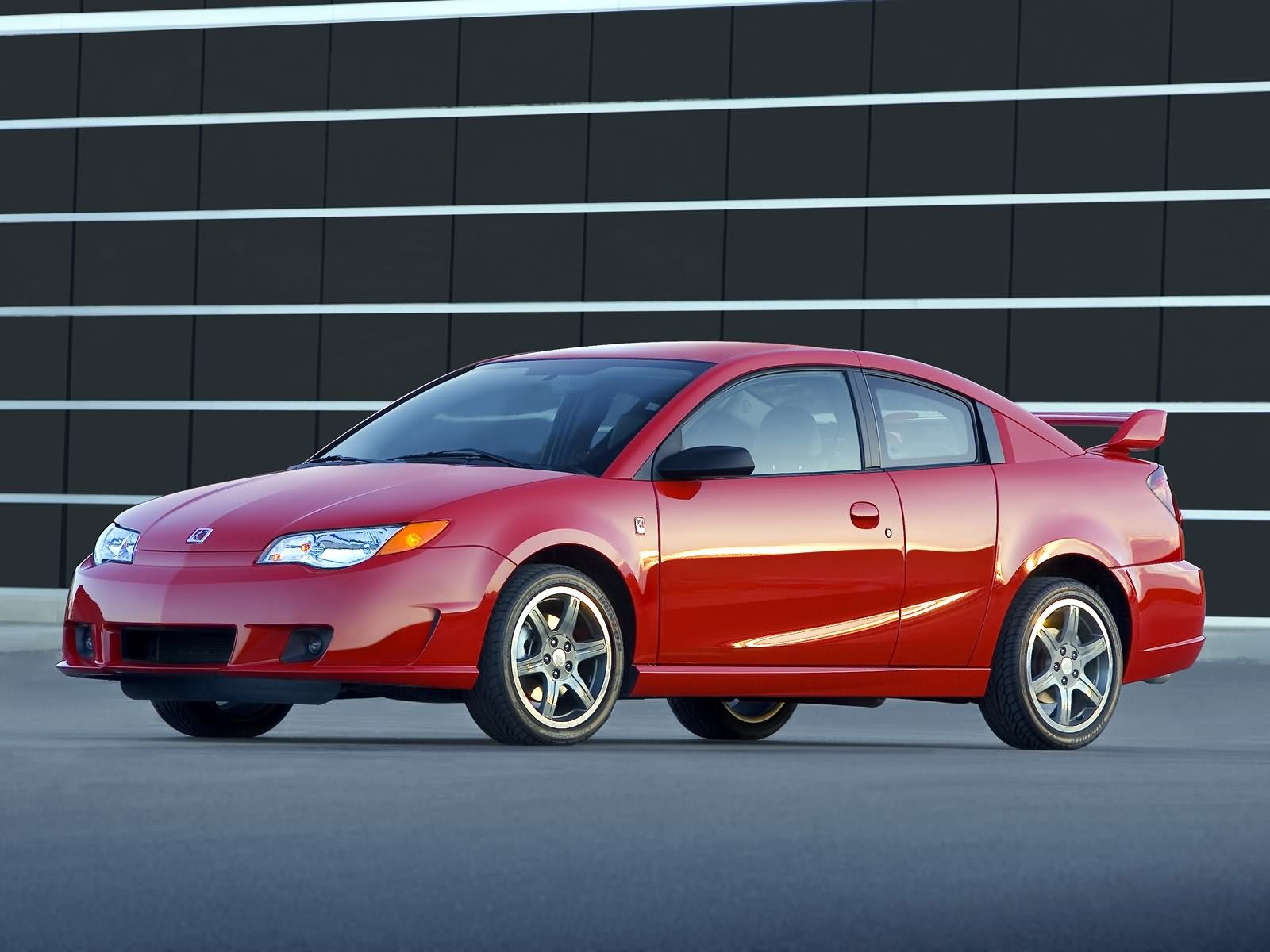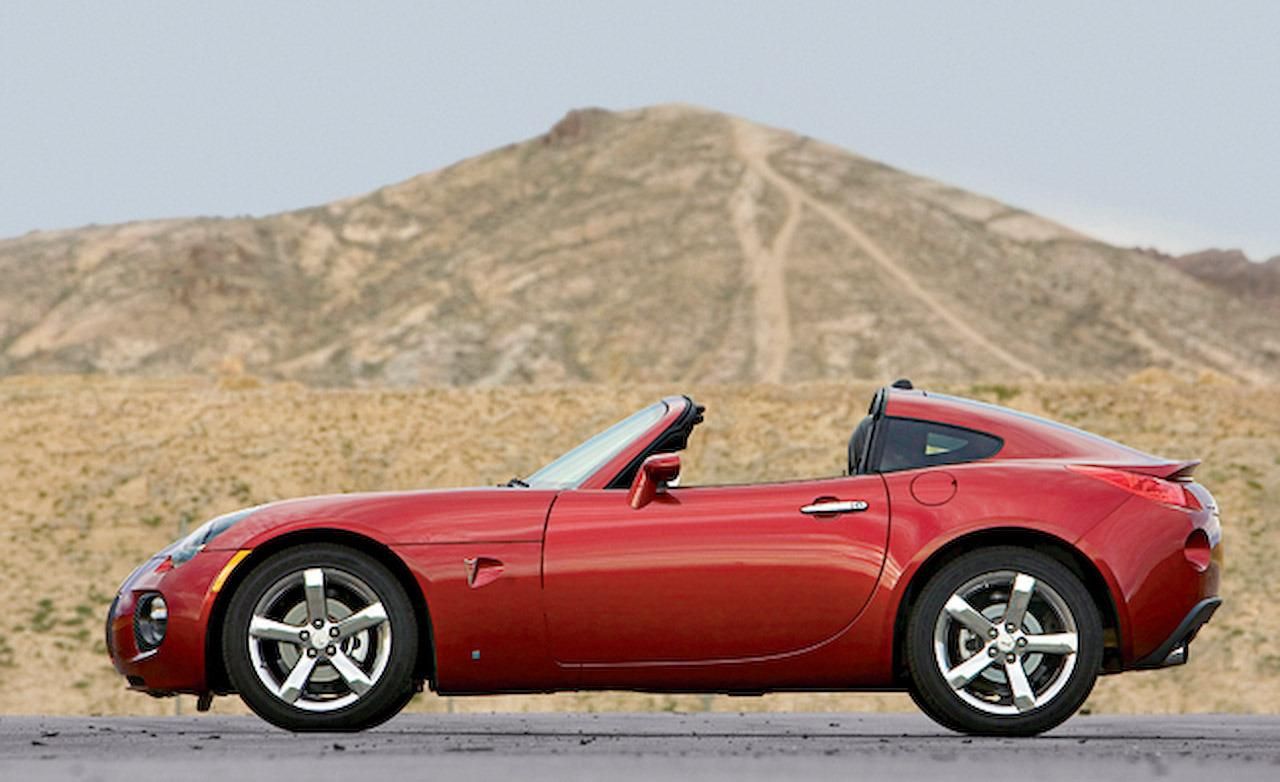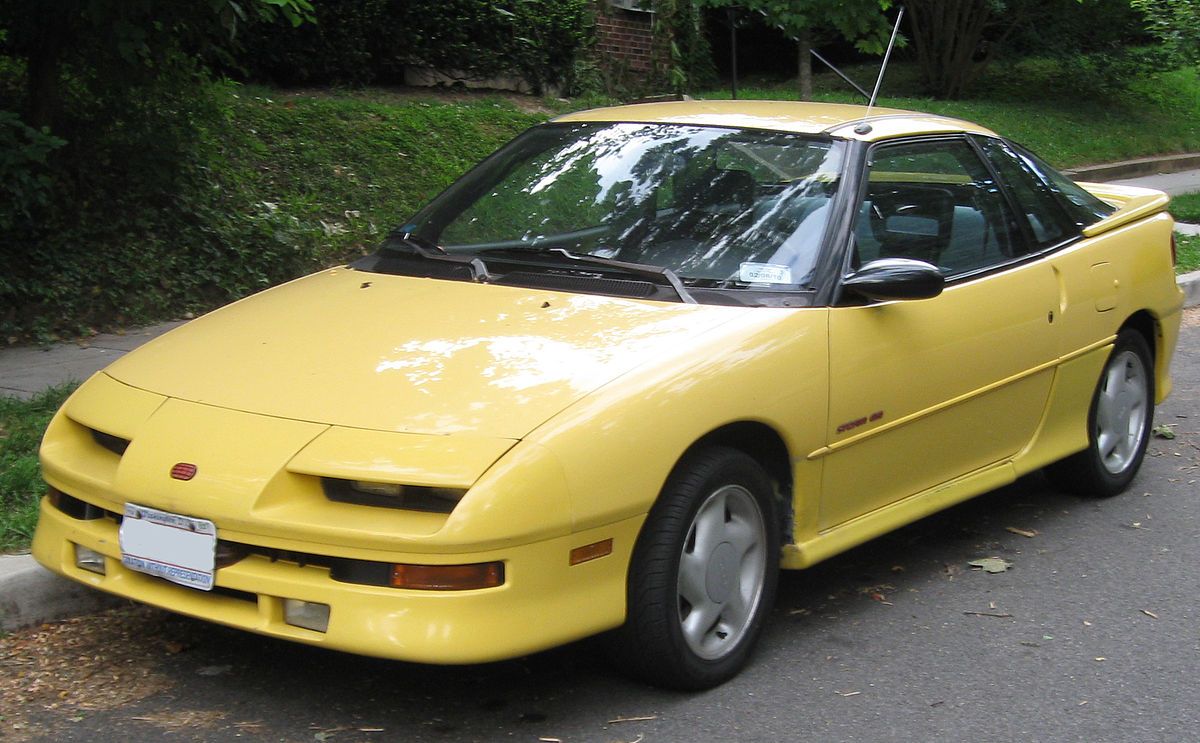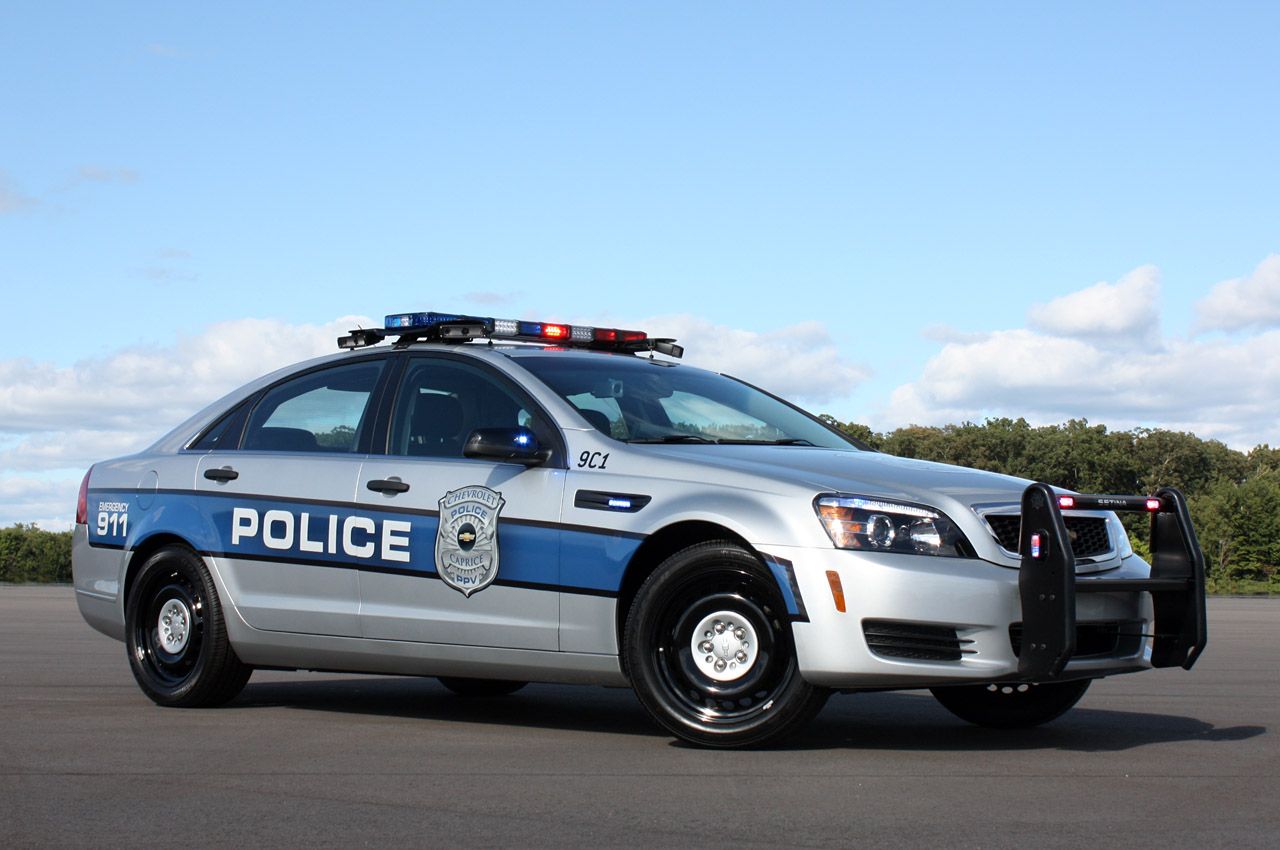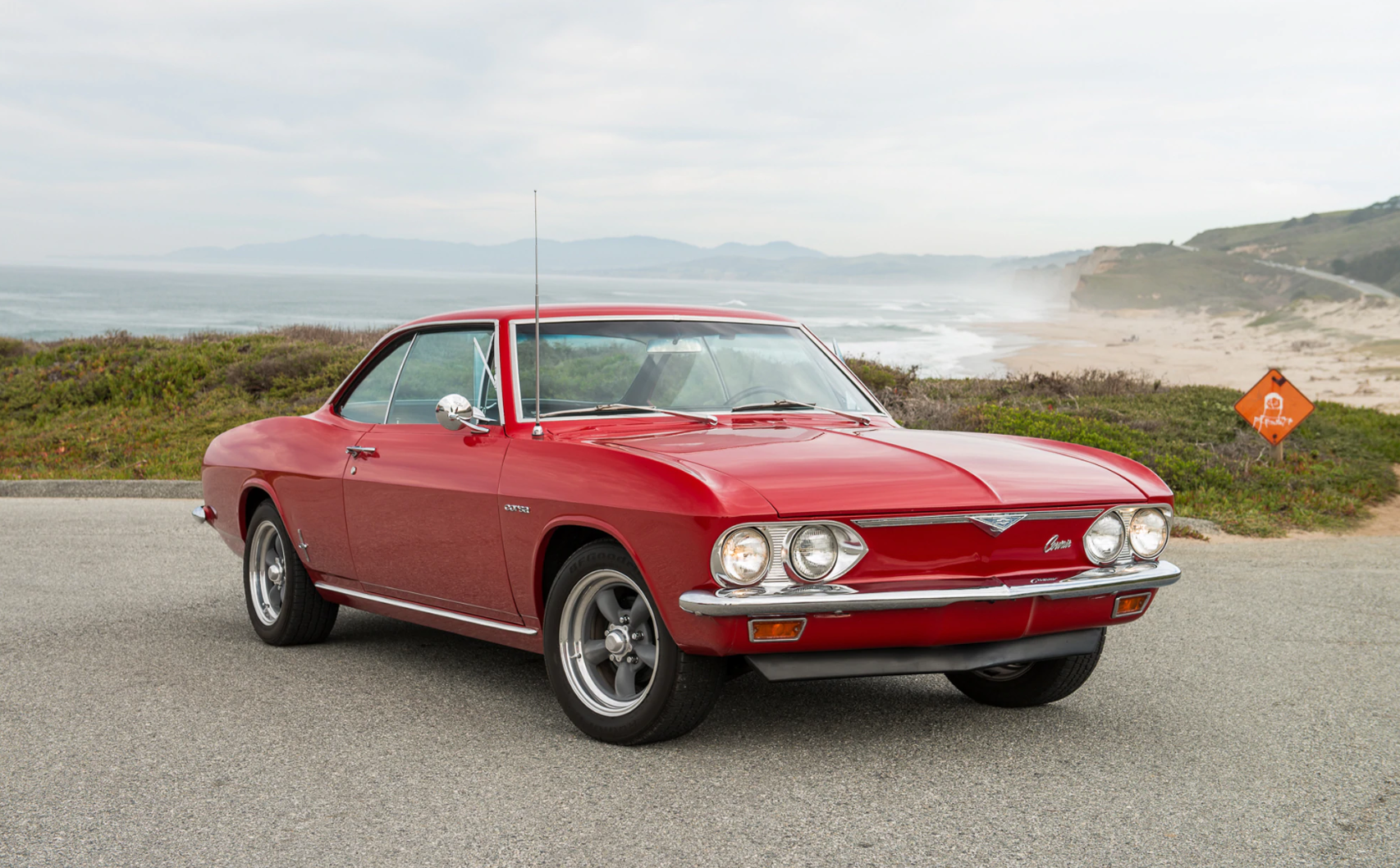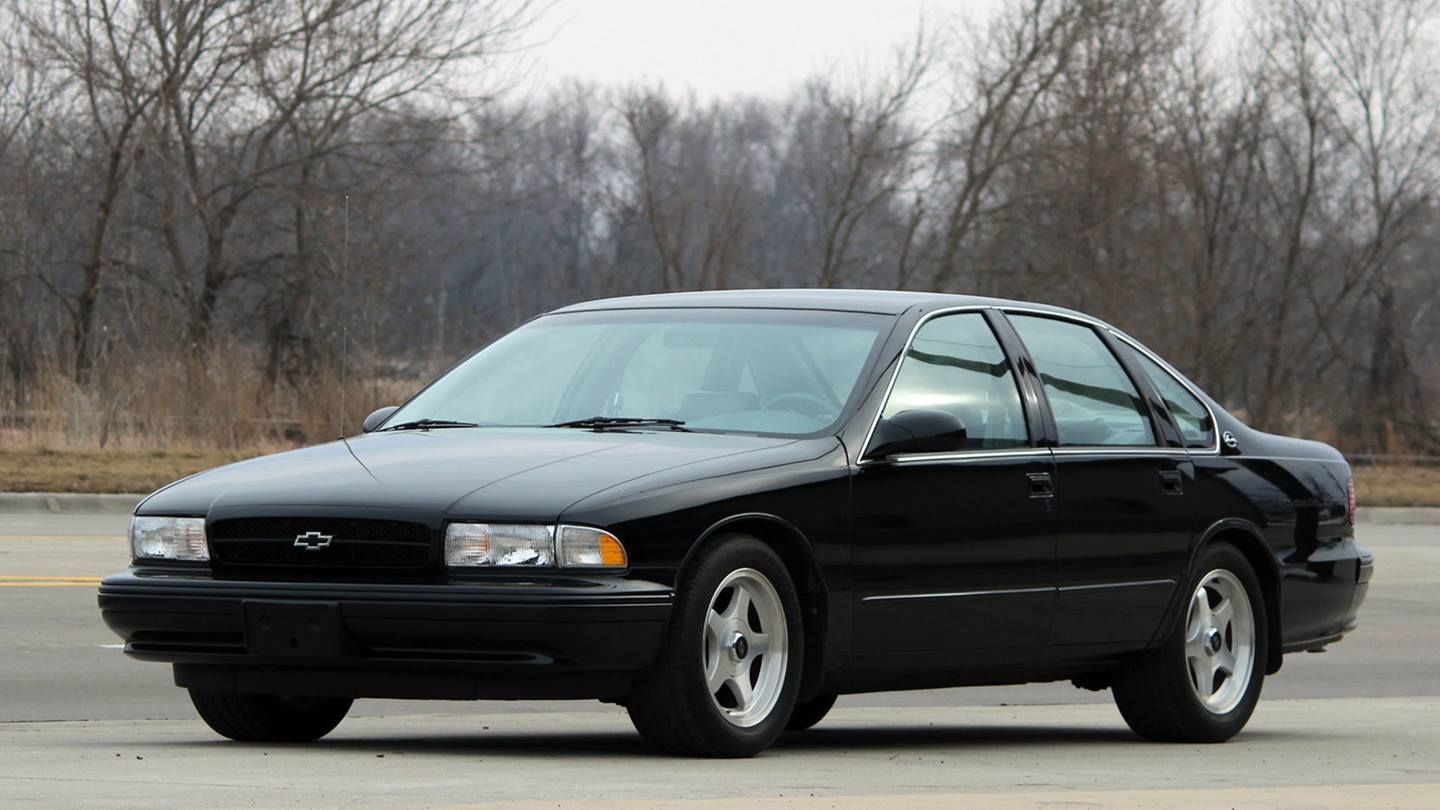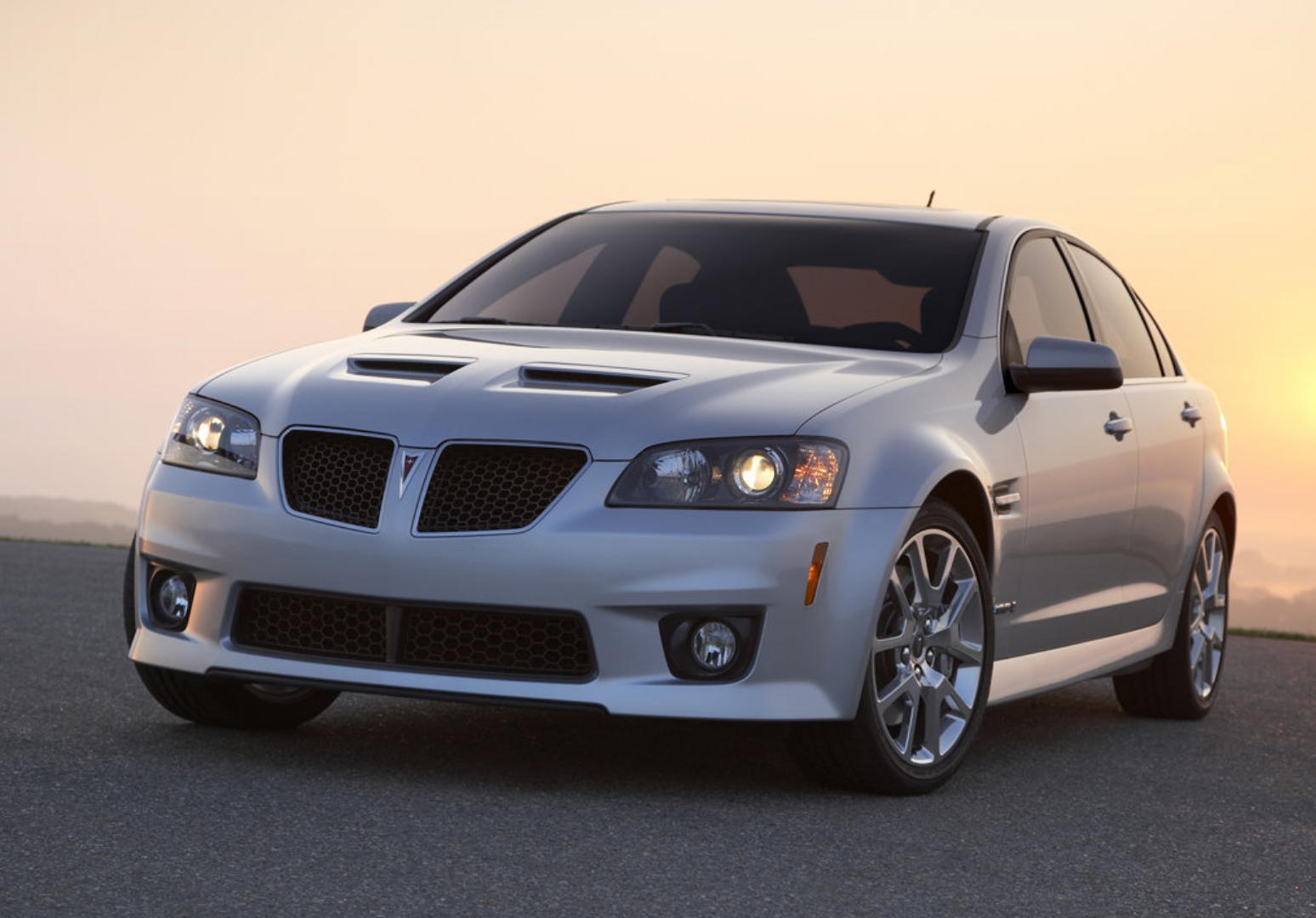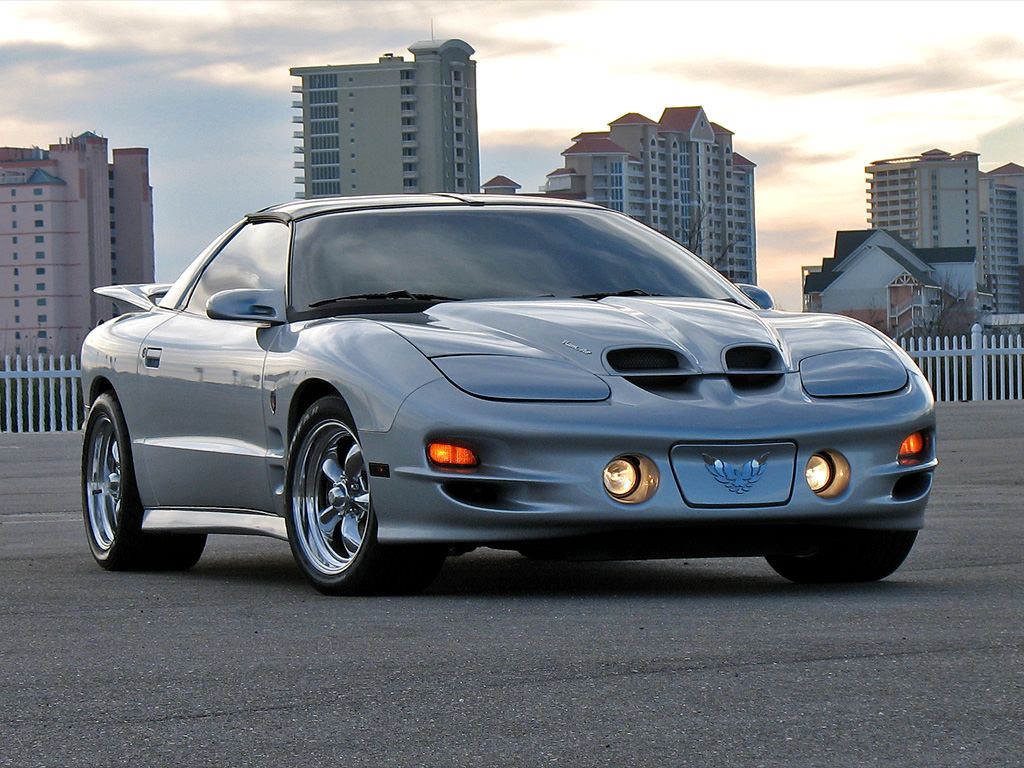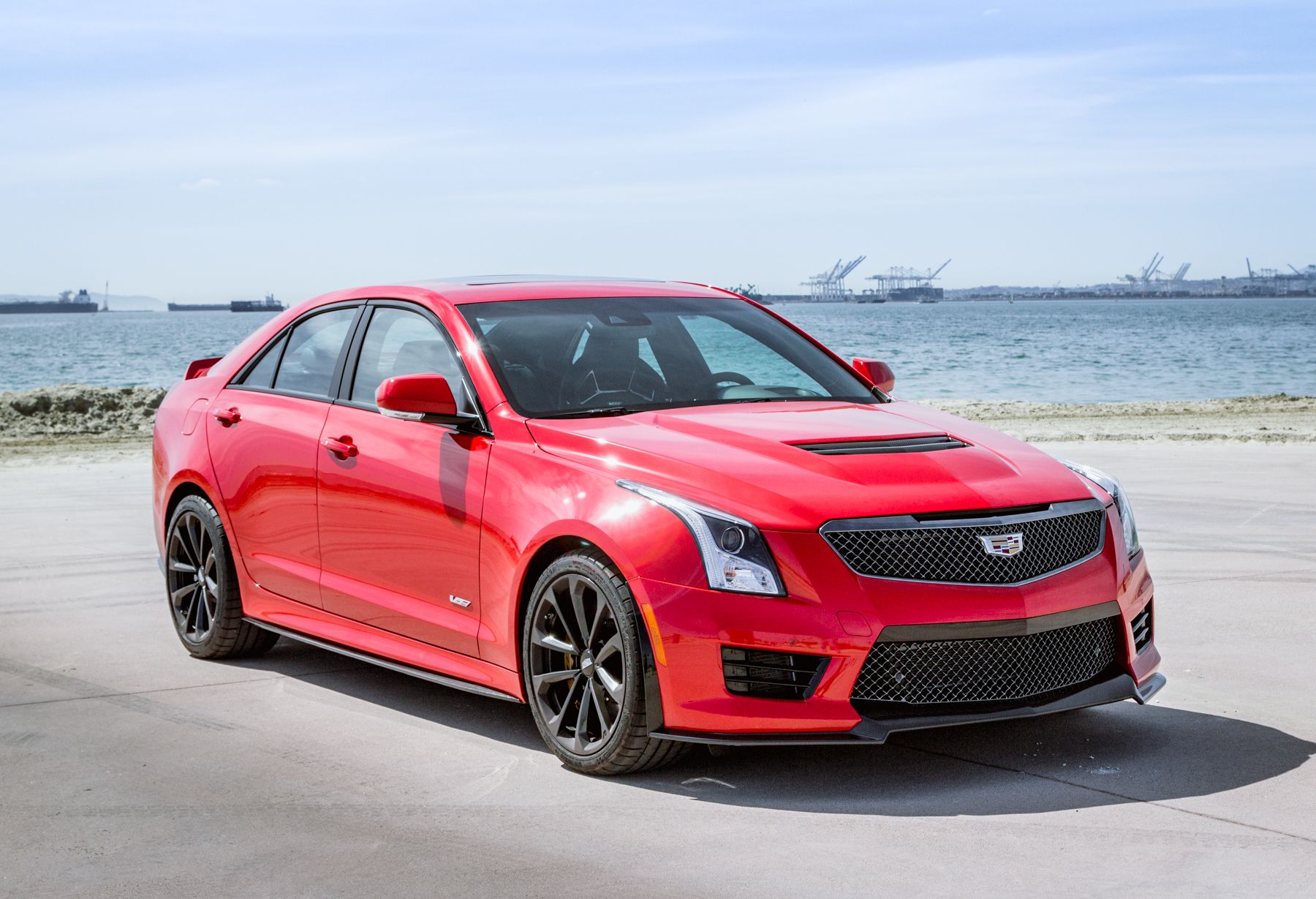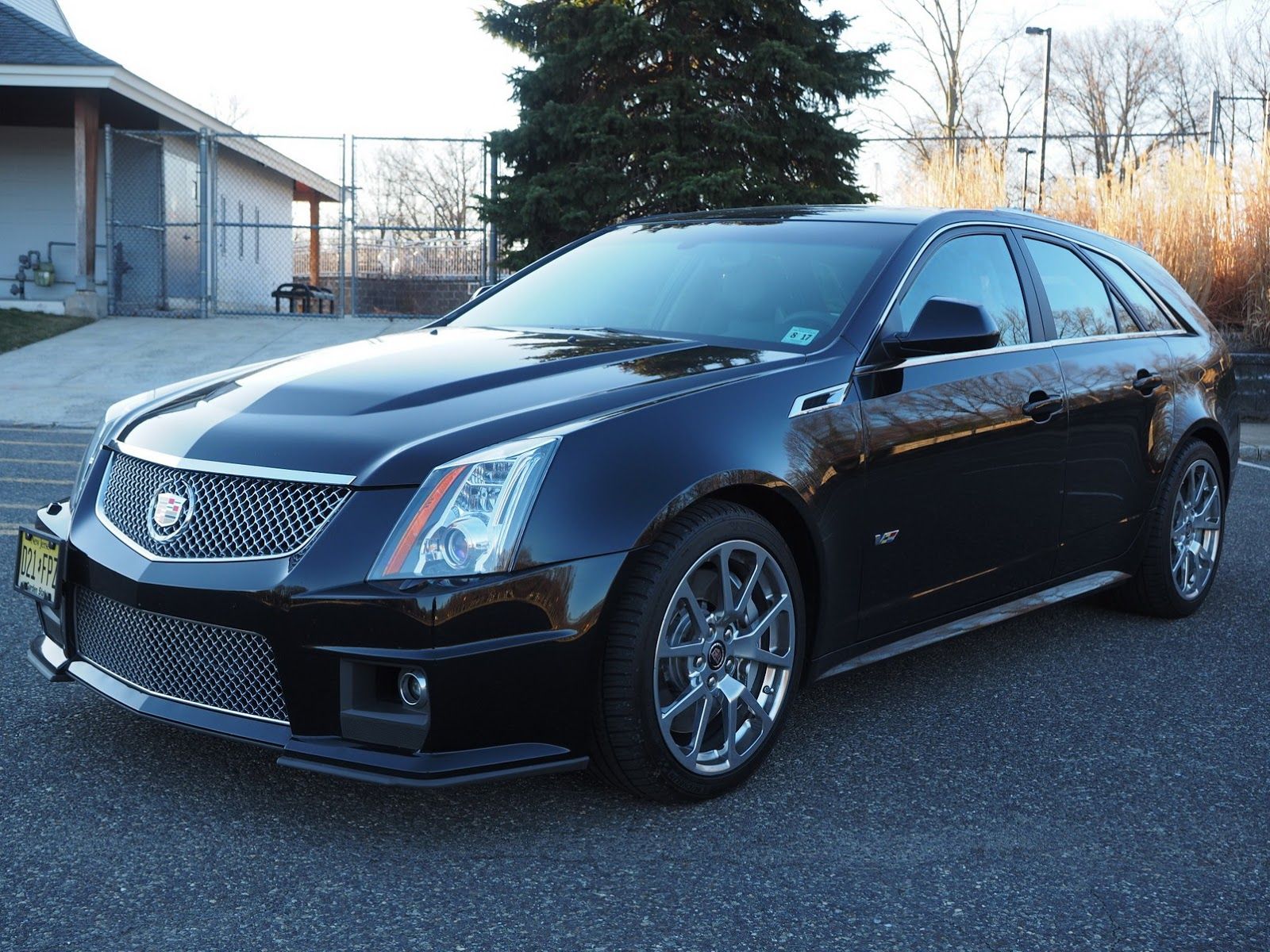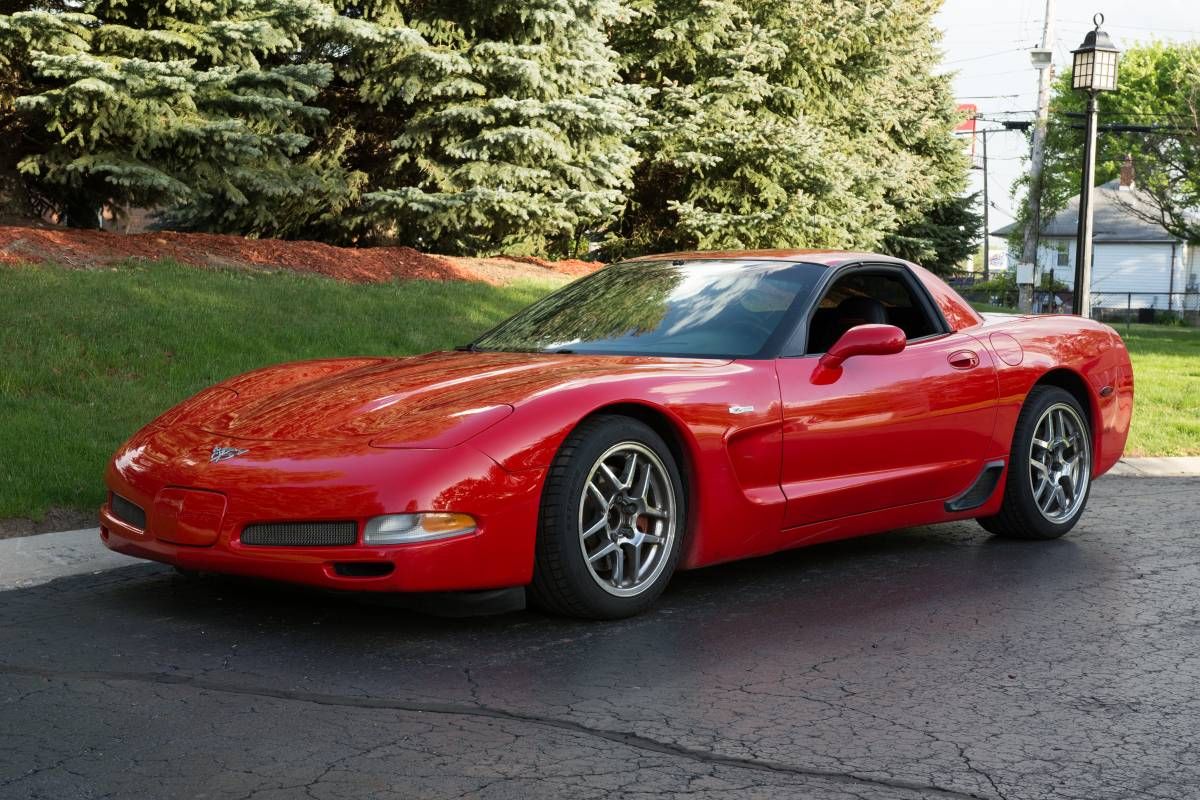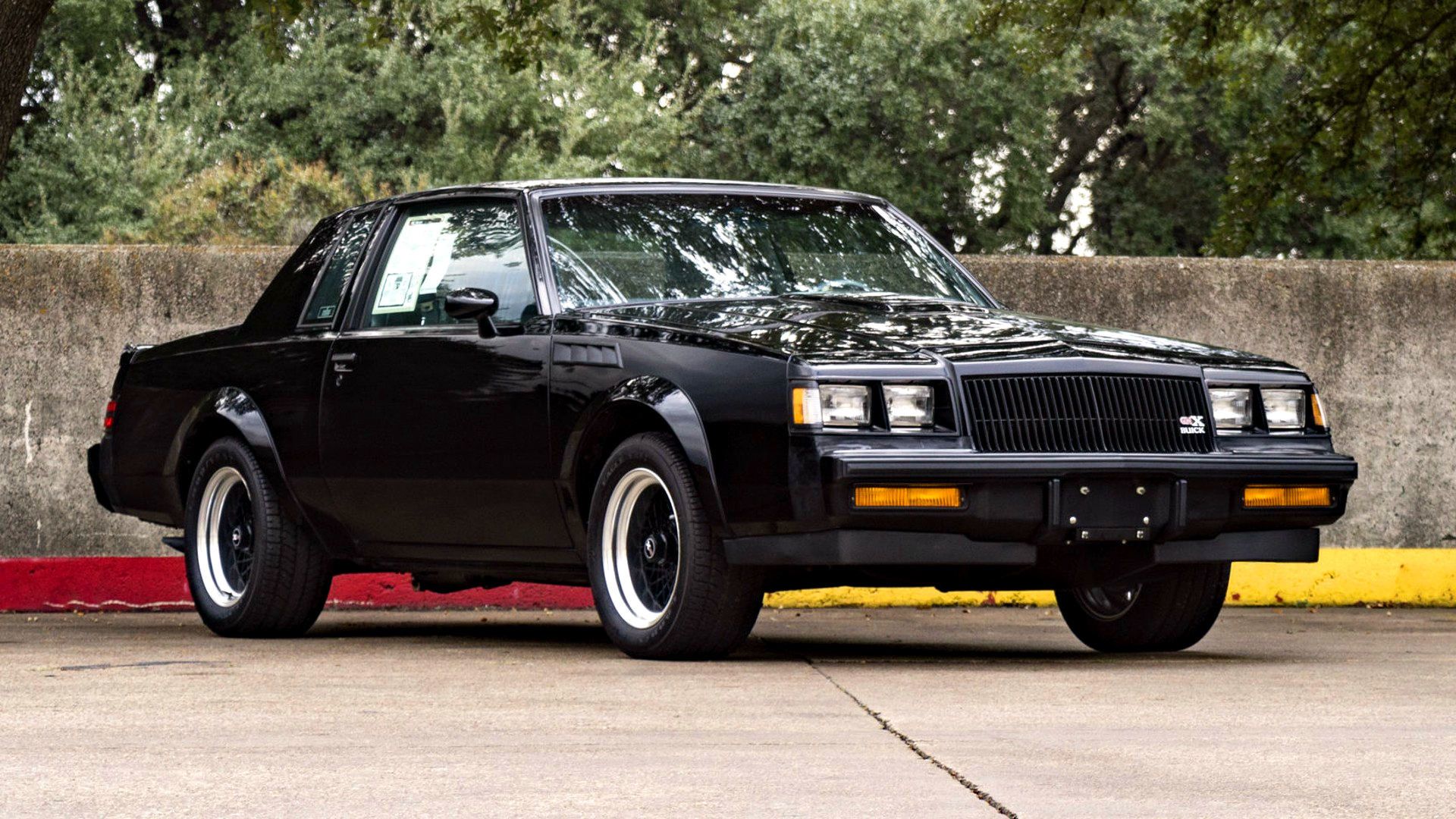Sometimes people don't realize what's good about something until it's out of their reach. 90s JDM legends like the NSX, FD RX-7, and A80 Supra are prototypical of this, once being performance bargains before gaining massive amounts of value as the PlayStation generation aged enough to buy their dream cars. Similarly, five years ago aircooled Porsches weren't worth a quarter of what they are now, with collectors and wealthy hipsters gouging prices and lifting the market right out of the hands of enthusiasts.
That phenomenon is now poised to happen to an entirely different kind of car, the rarer domestic speed machines of yore, especially those made by GM. When released originally, these cars were often special editions built in a bid to increase sales across the model lineup. They created a dedicated but small following of mostly blue collar car guys. The cars have more value than their standard counterparts now, but still attainable by many. But this is not likely to last. Rarity by itself is seen as desirable by collectors, and the vultures are beginning to circle. The rarity of these machines, despite the ignorance of collectors, is not what makes them interesting however. It is their character. Lightweight track attackers, muscular heavyweight cruisers, ridiculously high performance sports cars, and even a few seemingly pointless yet interesting oddballs.
All in all, these are the cars that are not yet of the moment, and that's why they are still good buys. Enter the General Motors pre collectors cars.
20 Chevy Monza
These days, the Monza is seen as something of a missed opportunity, or perhaps just a weird outlier, but soon it is likely the little front engine rear drive 70’s compact cars will be desirable.
Built in the same era that domestic cars were bad essentially across the board, the Monza managed to look cool and come with the stalwart Chevy 350 small block.
All while being a thousand pounds lighter than the old school muscle cars that normally used that engine. The problem is that when released, those 350s were voided of power by environmental controls, but that’s a pretty easy fix today with modern exhausts and catalytic converters.
19 Oldsmobile Toronado
The Toronado is weird. Just downright weird. The engine is longitudinally placed like every other domestic car from the 60’s, but this one is front wheel drive. The strangeness does not end there, however. While a pioneer of the layout, the Toronado was also a continuing proponent of it, lasting four generations and nearly four decades. Eventually a more conventional transverse engine orientation would be settled upon that was a better packaging solution, but the first three generations stuck with an engine and drivetrain layout very few other cars ever used. Just by the weird factor alone, these are more and more sought after.
18 Chevy Monte Carlo Aerocoupe
The Monte Carlo was never a performance go to car for the mainstream muscle car guys, but it was a NASCAR regular for a while. One of the results of this motorsport engagement was a few factory homologation models, like the Aerocoupe. Designed to cheat the wind on the high ovals of 80’s NASCAR superspeedways, the Aerocoupe has become a sought after sub model, for its sleeker looks if nothing else.
Like most homologation specials, only a relative few were made, at just over six thousand.
There are more Lamborghini Aventadors in the world than Aerocoupes. These cars already have a premium, but are very likely to go up soon.
17 Chevy C3 Corvette ZL-1
The current maximum performance Camaros that keep up with the fastest 911s on track draw their name from a car a half century old, but perhaps even more impressive. The car’s approach was simple and brutally effective. The lightest possible Corvette bodyshell, the notchback, the lightest and most powerful engine, and the suspension, brakes, and tires to match. What resulted was effectively the fastest production car on track in the world- the now mythical Corvette ZL-1. The engine was a special big block beast constructed of aluminum and producing a conservatively rated 550 horsepower. With slicks, this was a car that could pull a mid-10s quarter mile in 1968. It was as quick as an early Veyron in 1968.
16 Eighties Oldsmobile 4-4-2
By now the great muscle cars of old have reached the prices they will likely stay at for the foreseeable future. The 60’s Mustangs, Camaros, Challengers, 'Cudas, Superbirds, and other flashily named powerhouses command incredible prices for the best examples of each. But the original attempts at a muscle car revival after the oil crisis of the 70’s have yet to start rising in price, despite a notable amount of nostalgia.
Not nostalgia for the 60s or 70s, but the 80s.
A dark era in domestic car making, it didn’t take much to grab the imagination, like the 4-4-2 did.
15 Saturn Ion Redline
The Ion’s performance variant is a car already largely forgotten and going for cheap. Originally based on the Cobalt SS’ early supercharged powertrain, the Redline was one of those “fast for what it is” cars. Something that would surprise some newbies at a stoplight drag, but certainly wouldn’t win any real races. But it goes for several thousand dollars less than the better known Cobalt now, despite far more of the Chevys being made. Though no one is to say when, this trend is likely to reverse at some point in the near future, as the Ion Redline becomes a novelty instead of a failed stoplight racer.
14 Pontiac Solstice Coupe
The Solstice was a good try, a swing and a miss. Attempting to both battle the NC generation Miata and build a roadster that worked well as a GT car, GM ended up with a hodgepodge of a car that couldn’t really do either. It did look the part though, which is just as important as performance when selling a brand new sports car. The looks are the primary reason why the Solstice Coupe attracts such a premium, with chopped side windows cutting visibility but creating a striking and incredibly sleek profile, like a chop top hot rod from the future. Of course, few were sold.
13 Geo Storm
When thinking of General Motors performance, especially performance cars that were actually good, the name Geo doesn’t come to mind. But, because the Storm exists, it should. This was a front wheel drive sport compact that weighed less than 2300 pounds, made a naturally aspirated 140 horses from a 1.8 liter inline four, and could keep up in the turns with an FC RX-7.
It bears a laughable family name, but this car is the closest thing GM ever made to a CRX.
Now of course the Geo Storm was a rebadged Isuzu, but the car would outrun many of the lower end JDM greats of the era, and would keep pace with even a Type R Civic.
12 Chevy C4 Corvette ZR-1
While the insanity of the ZL-1 was not to last, the influence of it and the ideal of a world beating Corvette track and street machine stuck around. These days the C4 generation Corvettes are the cheapest of the bunch, dipping as low as five grand for a passable example. These cars are the majority of C4s, decent but slow machines that weren’t going to be sought after because the C5 existed. But the ZR-1 variant is quite a bit different, with an entirely different engine and hugely upgraded chassis. Lotus was contracted to help develop the chassis and brakes, resulting in a car that could tangle with anything else of the era on equal footing.
11 Chevy SS
The SS was put down before its time. For car guys, it is almost the perfect daily driver and/or sleeper car from the factory. 400+ horsepower LS V8 in the front, rear wheel drive, optional six speed manual, four doors, good trunk space, and looks that are good, but sedate. Those who know, get it. They understand. But most cops, and passersby, will just think its a Malibu, and that’s the whole point. The problem is that not many got it. Not many understood. If they were getting a fast car, they wanted something flashy to show off, not something sedate to fly under the radar. That means those true believers who were there at the start now have something special on their hands.
10 Chevy Caprice PPV
Similar to the SS, The Caprice is an Australian import with a proper LS engine and oodles of horsepower, four doors, and generally benign styling. But as a police package vehicle, there are some interesting stipulations that go along with it. Prices are far lower than for the SS, but there is no manual option.
Like all good standard police units, the Caprice PPV is built for toughness instead of speed, and ruggedness instead of agility.
An under stressed 355 horsepower 6 liter V8 will power the car reliably for decades, and is complemented by a performance tune and performance suspension upgrades.
9 Chevy Corvair
Modern owners of this 60’s rear engined Chevy often see themselves and their experience with their cars as truth against a pervasive lie- the lie in question being Unsafe at Any Speed. The book by Ralph Nader vilified GM, and the Corvair especially. Owners of the car will tell you it’s fine- and their experiences have been backed up by university studies as well. The Corvair is essentially the Chevy 911, a sporty car with the engine in the back. Currently they have been relatively easy to get one’s hands on, but are likely to soon jump in price alongside other more obscure 60’s domestic machinery.
8 Chevy Impala SS
These days, the 1994 to 1996 Impala SS sedans are humble vehicles. Big, heavy, plush, and rather powerful, they make for one of the best cruisers available on any budget, yet are dirt cheap. But don’t expect this to last forever. Prices will likely stay the same for a while, but won’t drop, and by the middle of next decade will likely slowly start to rise as the cars get harder to find. This especially goes for the lower mileage examples that are kept well, which already command a small premium. If you want a proper cruiser, don’t sleep on it.
7 Pontiac G8 GXP
Little do most car people know that most G8s weren’t the hotness we all remember. Just over two thirds of them even had LS engines, with the base model only equipped with the then-current Malibu’s V6. While the middle of the road G8 GT with its decent LS engine was a passable machine that was by far and away the best seller of the G8s, it is not the car that cemented the G8 in the hearts and minds of all musclecardom.
That would be the G8 GXP, with it’s full on 400 hp Corvette-derived LS3 6.2 liter V8, and Nordschleife tuned suspension and brakes.
Out of 38,000 G8s produced, less than 2,000 were GXPs.
6 Pontiac WS6 Trans Am
Speed is often expensive, but doesn’t have to be. The Pontiac Trans Am was the higher performance version of the Firebird muscle car, which included uprated brakes, suspension, and engine components. These days the Trans Ams keep a notable amount of value, as they are genuinely good cars that also happen to be very easy to make ludicrously fast. But when they first came out, the ultimate factory-built Trans Am was the WS6. Adding high end Bilstein shocks and other modifications to the mix, these specialty cars rake in higher prices than standard Trans Ams these days. But as the cars get gradually harder to come by, expect prices to go up.
5 Cadillac ATS-V
The ATS-V represents a return to form for Cadillac, and this makes it a likely future classic, on top of just being an actually good car all around. Lighter than its competition, still powerful with the help of twin turbos forcing extra oxygen into its 3.6 liter V6, and with Corvette derived chassis components keeping the whole thing tied down at speed, the ATS-V has a lot to offer. Now prices are still on the decline as depreciation finishes out, but in the next few years this is likely to reverse. Today they are a respected sight at a restaurant or racetrack, but tomorrow they will be even more.
4 Cadillac CTS-V Wagon Six Speed
All hail the greatest wagon in human history. The culmination of sixty years of domestic station wagons that could haul more than just groceries, the old CTS-V holds a special place in the hearts of car guys.
This is seen as the perfect car for someone who sees no need to compromise.
Someone who has grown up out of the flashy and impractical muscle cars into something that looks far less extreme but will destroy both track and street with such veracity as to make most muscle cars peel away in terror. There are many cool wagons. But this is the coolest.
3 Buick Roadmaster
While the CTS-V Wagon celebrated and bookended an era, the Roadmaster was the era. The era when the humble and boring family station wagon was still freaking cool. These days people love them as they grew up with them, with either their family having one or someone on the block rolling around in one. They hauled kids and groceries, went to school board meetings, did parts runs to fix up the house or dad’s old muscle car, and some utterly dominated at the drag strip as sleepers. They were GM V8 powered and rear wheel drive… so you never knew just what that grocery getter was capable of.
2 C5 Corvette Z06
Beloved by track masters, the relatively easy to drive yet powerful Z06 has enjoyed higher prices than other Corvettes of the same generation for its legitimate on-track performance merits. Lighter, faster, and generally more hardcore, the Z06 was not for those having a mid life crisis, but for those who wanted to give the Ferrari owners at their local track a heart attack as a Chevy blew past their overpriced exotic. Prices have been on the downswing for years, a true boon for racers, but in the next ten to fifteen years this is likely to reverse as the cars get rarer.
1 Buick GNX
The Grand National was always intimidating. Even though it only had a V6, and even though it came from perhaps the worst era for domestic performance cars, it introduced a generation to turbocharging, and the wonders of a big fast car. Many of them still prowl the streets, devouring opponents in stop light drags and clandestine street races under flickering street lights. But more and more are ending up in the hands of collectors, whose desire for the car is quite a bit more dubious than those who actually want to use them for what they were built for. Get em’ while the getting’s good.
Sources: AUtoTrader.ca, Hemmings.com, CarAndDriver.com

